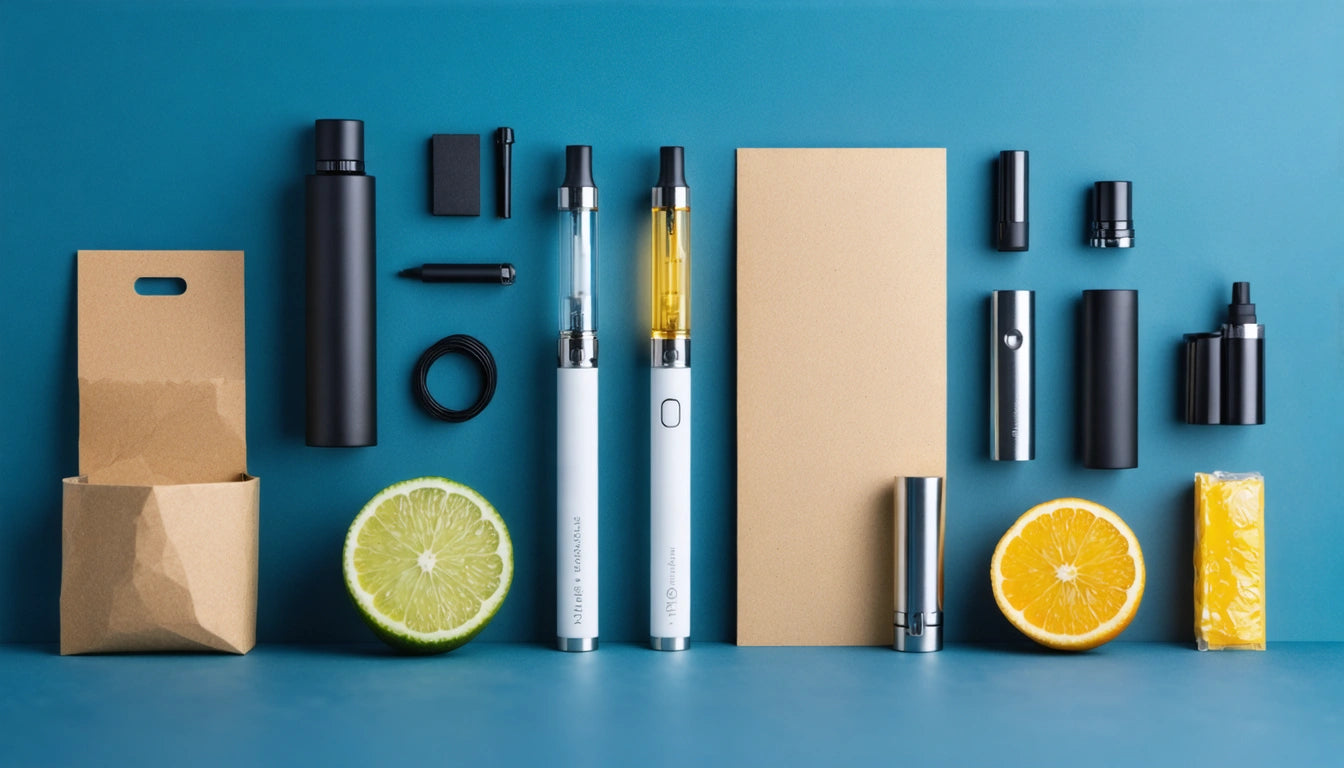Table of Contents
- Fundamental Packaging Differences Between Vape Types
- Material Considerations for Different Vape Formats
- Compliance Requirements for Disposable vs Rechargeable Packaging
- Consumer Experience and Unboxing Psychology
- Sustainability Approaches for Vape Packaging
- Future Packaging Innovations in the Vape Industry
The vape market continues to expand with two distinct product categories dominating consumer options: disposable and rechargeable vape pens. Each format presents unique packaging challenges and opportunities for brands looking to differentiate themselves while maintaining compliance. Understanding these differences is crucial for manufacturers seeking to optimize their packaging strategy.
Fundamental Packaging Differences Between Vape Types
Disposable vape pens typically require simpler, single-use packaging focused on initial protection and shelf appeal. These products are complete units meant to be discarded after use, so their packaging prioritizes one-time protection and brand messaging. Conversely, rechargeable vape systems demand more sophisticated packaging solutions that protect not only the device but often multiple components including batteries, cartridges, and charging accessories.
According to packaging experts, rechargeable vape packaging often incorporates premium materials and structural designs that reflect the higher value of the product inside. This investment in quality packaging mirrors similar approaches seen in other cannabis product categories, where specialized packaging solutions are developed to enhance product perception and protection.
Material Considerations for Different Vape Formats
Disposable Vape Packaging Materials
For disposable vapes, packaging typically includes:
- Lightweight blister packs
- Paperboard boxes with minimal inserts
- Simple clamshell designs
- Thin plastic tubes
These materials balance cost-efficiency with adequate protection, as the products themselves have a limited lifespan. The focus remains on visual appeal and basic product safety rather than long-term durability.
Rechargeable Vape Packaging Materials
Rechargeable vape packaging often features:
- Rigid boxes with magnetic closures
- Custom foam or molded pulp inserts
- Multi-component organization systems
- Durable outer materials like soft-touch lamination or specialty papers
These materials create a premium unboxing experience while providing superior protection for higher-value products. As examined in this guide on insert materials, the right internal packaging structure significantly impacts both product safety and consumer perception.
Compliance Requirements for Disposable vs Rechargeable Packaging
Both packaging types must meet stringent regulatory standards, but with some notable differences. Disposable vape packaging often requires additional warning language regarding proper disposal, while rechargeable systems need comprehensive instructions for safe battery handling and maintenance.
Compliance requirements vary significantly by state, with some jurisdictions imposing stricter regulations on disposables due to environmental concerns. Both formats require child-resistant features, though the implementation differs based on product design.
Consumer Experience and Unboxing Psychology
The unboxing experience serves different purposes for each vape type. For disposables, packaging creates an immediate impression but is quickly discarded. For rechargeables, the unboxing moment initiates a longer-term relationship with the product and brand.
Premium rechargeable vape brands invest heavily in creating memorable unboxing experiences, with research showing that these experiences significantly influence consumer reviews and social sharing. Disposable vape brands, while still concerned with presentation, typically focus more on shelf impact and immediate visual appeal.
Sustainability Approaches for Vape Packaging
Environmental considerations present different challenges for each format. Disposable vape packaging faces greater scrutiny due to the inherently less sustainable nature of the product itself. Many brands are countering this perception by adopting eco-friendly packaging materials.
Rechargeable vape companies often emphasize their products' reduced environmental impact compared to disposables, extending this messaging to their packaging choices. Options like bioplastics and recyclable materials are increasingly common, with some premium brands creating packaging designed for repurposing or long-term storage.
Future Packaging Innovations in the Vape Industry
The vape packaging landscape continues to evolve with several emerging trends. For disposables, we're seeing development of biodegradable options and simplified designs that minimize material usage while maintaining visual appeal. For rechargeables, smart packaging with NFC authentication and augmented reality experiences is gaining traction among premium brands.
Both segments are exploring tamper-evident features that go beyond regulatory requirements to build consumer trust. As highlighted in this resource on tamper-evident solutions, these innovations serve dual purposes of compliance and brand protection.
The distinction between disposable and rechargeable vape packaging reflects broader market positioning strategies. By understanding these differences, brands can create packaging solutions that not only protect their products but also reinforce their market position and connect with their target consumers.











Leave a comment
All comments are moderated before being published.
This site is protected by hCaptcha and the hCaptcha Privacy Policy and Terms of Service apply.